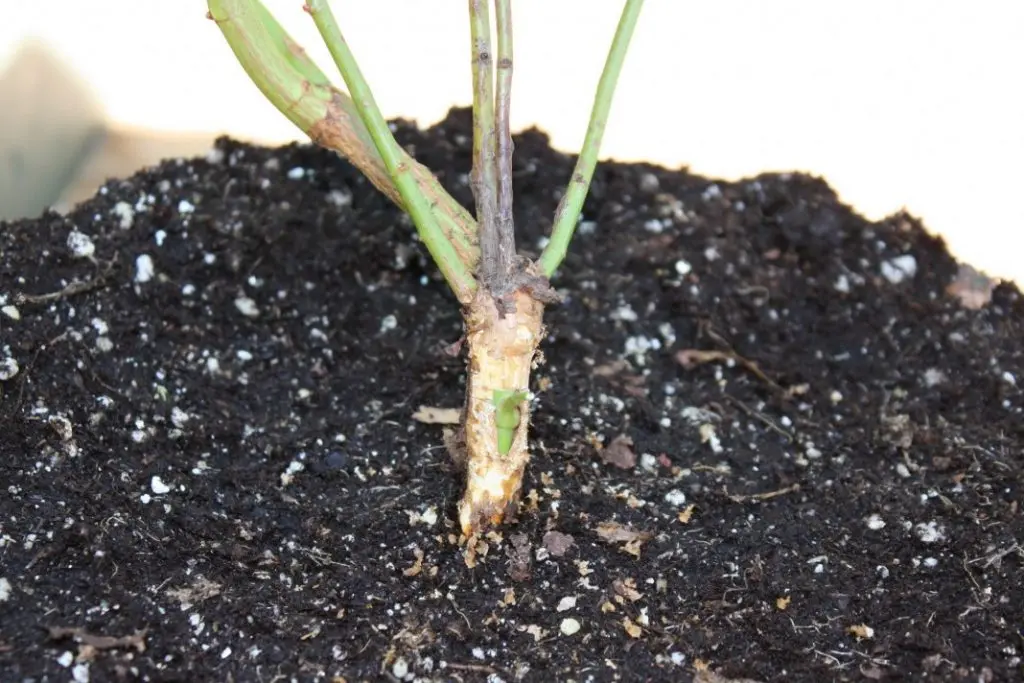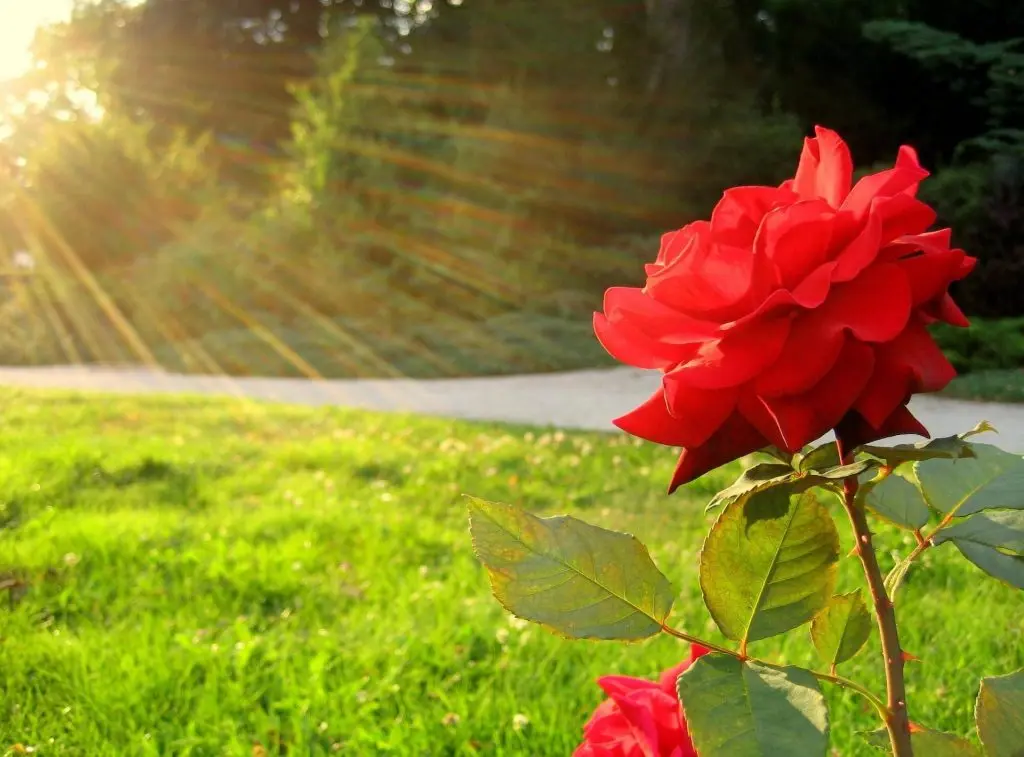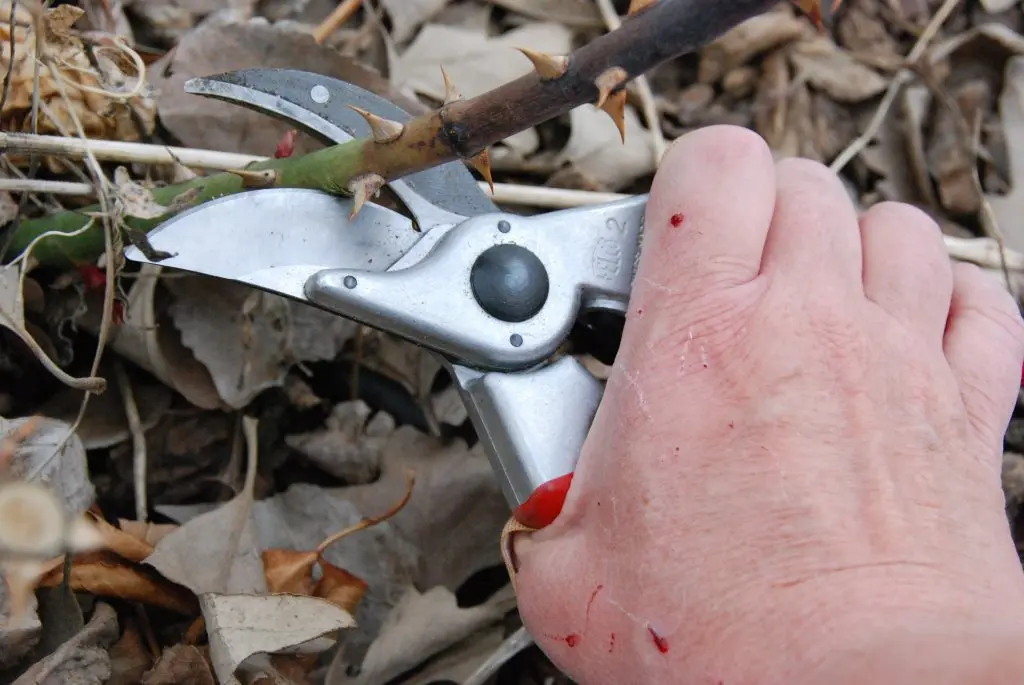Contents
Roses are the most beautiful, but also the most capricious representatives of the flower kingdom. Anyone who breeds roses knows that rooting a seedling and its active growth is only half the success, because the main goal is to get buds and lush flowering. Unfortunately, it is not uncommon for a healthy and strong bush to bloom. There may be several reasons why the flowering of a rose is delayed, and almost all of them are the result of a grower’s lack of knowledge about the features of growing these beautiful flowers.
Weak or diseased planting material
Now rose seedlings can be purchased anywhere, even in supermarkets. As a rule, such planting material is not of high quality. If you are just starting to grow roses, and you do not have enough experience to choose high-quality seedlings, then it is better to purchase them from trusted nurseries. After all, strong seedlings are a guarantee of health and good flowering of the bush. There are no particular difficulties in caring for them, while sick and weak specimens will require maximum attention, and with the slightest mistake they can still die.
When purchasing rose seedlings, pay attention to the following points:
- Plants of 2-3 years of age take root best of all – you should not buy too young or old specimens, since both of them take root more difficult;
- pay attention to the root system – in a healthy seedling, the roots are well developed, without detachments, dried or rotten roots;
- the bush should consist of 3-4 strong shoots – it does not make sense to choose a lush bush, since for good flowering it will be necessary to remove and cut all thin and weak shoots, leaving only 3-4 of the best ones;
- shoots should be green and intact – brown or black spots on the shoots, cracks, dry patches may indicate illness or inept storage of the seedling.
Also, the reasons for the lack of flowering include the formation of wild shoots on the bush. This situation is typical of roses that are grafted onto a rootstock.
Wild growth periodically grows on the bushes, which weakens the plant and leads to the loss of varietal characteristics. This problem is solved simply – by the timely removal of wild branches at the very base.
You can recognize the shoots by small leaves and a large number of thorns on the shoot.
Video “Why there is no flowering”
From the video you will learn why sometimes rose bushes do not bloom.
Planting in soil that is not suitable in composition
The rose is very demanding on the composition and quality of the soil. Land for planting flowers should be light, breathable, moderately moist, fertile enough. Loose sandy or loamy soil with a nutrient layer of humus of neutral acidity is considered ideal for roses. Such a soil absorbs and retains moisture well, contains the nutrients necessary for the development of roses.
Heavy clay, podzolic, silty or swampy soils that are easily eroded by water are not suitable for roses. The flower cannot grow on stones, sand, and also in acidic soil. What to do if the land on your site is not suitable for growing roses? improve its properties. Peat, river sand should be added to heavy soil – these materials will make it looser and lighter. Good compost, mineral fertilizers with potassium and phosphorus, wood ash should be added to nutrient-poor soil.
Wrong place for landing
Of course, there are shade-tolerant hybrids of roses that can bloom in partial shade, but the vast majority are sun-loving varieties. The growth and flowering of rose bushes largely depends on sunlight and heat. However, not everything is so simple here either – exposure to direct sunlight leads to fading of the color of the petals and rapid fading of the buds. How to be in such a situation?
When choosing a place to plant roses, follow these rules:
- the site should be moderately lit by the sun, ideally if in the morning it is intensively lit, and in the second half of the day it is in partial shade;
- the place should be calm and protected from drafts – the formation of buds slows down in a draft, in spring such bushes are late with development, and in winter they can freeze from the north wind;
- the rose does not like neighborhood and competition, plant roses away from trees (they take a lot of nutrients from the soil and create shade), and also, if possible, separately from other flowers;
- you should not plant bushes along high fences and walls, when planted on the north side, the flowers will miss the sun, and on the south, the plants will suffer from sunburn.
Illiterate pruning of the bush
The main purpose of pruning is to rejuvenate the bush in order to increase flowering. This event consists in removing all diseased and unproductive shoots (over 3 years old), as well as shortening the tops. Incorrectly performed pruning weakens the plant and is one of the reasons why the rose does not bloom.
The following guidelines will help you trim correctly:
- spring pruning is carried out before bud break;
- in the work it is necessary to use a sharp tool (secateurs);
- sections are made at an angle of 1-2 cm above the kidney;
- pruning can be short (up to 3-4 buds), moderate (5-7 buds), weak (8 or more buds remain on the shoot) – the degree of pruning is determined by the varietal characteristics of the rose.
Withered flowers do not pick off the bush
Faded buds spoil the appearance of the entire bush, and adversely affect the formation of new flowers.
In addition, dried buds are an excellent environment for the development of infection and a habitat for pests.
Withered flowers must be cut off from the bush as they appear, adhering to the following rules:
- cut off stale buds without waiting until they completely lose their attractiveness and dry out or fall off;
- cut the flower 1 cm above the nearest eye, without damaging the remaining buds, and making sure that the shoot can withstand the future load.
Wrong feeding
Lack or excess of nutrients is often the main reason for the lack of buds. Sometimes beginner flower growers feed roses with nitrogen fertilizers several times a season, which leads to an active growth of green foliage at the expense of flowering. You can correct the situation by adding a potassium-phosphorus mixture, or wood ash.
In order for rose bushes not only to grow up, but also to please with flowering, at each stage of the growing season, you need to make the right top dressing:
- in early spring – complex fertilizers containing phosphorus, potassium and nitrogen;
- during the formation of buds, plants need additional feeding with potassium and phosphorus;
- in summer, it is advisable to feed the bushes with magnesium;
- from organic matter, the rose loves rotted manure – it is used as mulch.
In August, roses do not need to be fed, as active vegetation will reduce the winter hardiness of plants. Particular attention should be paid to sheltering shoots for the winter – frozen bushes recover for a long time in the spring, which also leads to a delay in flowering.
Video “Correct feeding”
From the video you will learn how to properly feed the bushes.









